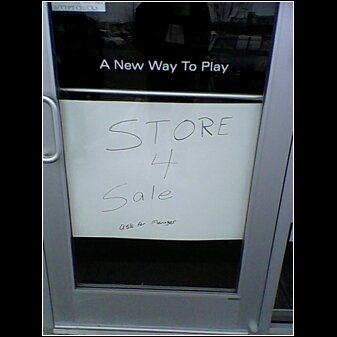Data collected in the national census are kept private for 72 years. That means any information you gave in 2010 will not be made public until 2082. It also means everything collected back in 1940 just became public this year — in fact, only a couple weeks ago!
For the first time, the National Archives have scanned all 3.8 million pages of census data and made them available online, so you can now browse through all the information you could hope to get about people in 1940.
Naturally, the first thing you’ll want to do is the same thing you did when satellite imagery first came to Google Maps: find your house. Since all the 1940 data are hand-written (the iPad wasn’t a big seller back then), you’ll have to first find your “enumeration district” based on a search for your town and a description of each district’s boundaries and then scroll through the pages of records for that district.
Of course, that’s only possible for houses built before 1940. Our house is only a decade old and we met its first and only other owners when they sold it to us, so we’ve learned really all we can about its short and not-so-storied history.
Paging through the town’s records is still fascinating. The 1940 census asked about occupation and salary, which I find particularly amazing. At a sugar factory here in town, an electrician took home a $1,230 salary, while the unmarried 36 year old woman next door, living with her parents, got only $300 as a chambermaid at a hospital.
Predictably, there are efforts now to index these pages to make them searchable. The website FamilySearch is championing the effort, and anybody can volunteer to participate. I indexed a few pages myself this morning, and it’s easy to do.
However, I was sad to discover that of the 35 fields recorded in the census records (from “Was this person seeking work?” to “Highest grade of school completed”), only 11 are available to index. Street address, occupation information, and most other interesting demographics are omitted. It will be possible to search by name, but questions like “What was the average value of a home?” or “What percentage of homeowners were single women?” will be impossible to answer, despite the data having been recorded. And although Colorado’s records are “99% indexed”, I can’t find anywhere to actually search them.
Plus, FamilySearch is “A service provided by the Church of Jesus Christ of Latter-day Saints” and that should probably make everyone a little nervous anyway.
After indexing three pages, I closed my account, and I won’t be contributing further to the project.
But the raw images from the National Archives are still worth a long look, if only to enjoy imagining the block of Judson Street where lived then a switch-board operator, a 15 year old errand boy (working at his parents’ shop), a telegraph operator, and (I swear I am not making this up) a “cereal chemist” for a flour mill.


